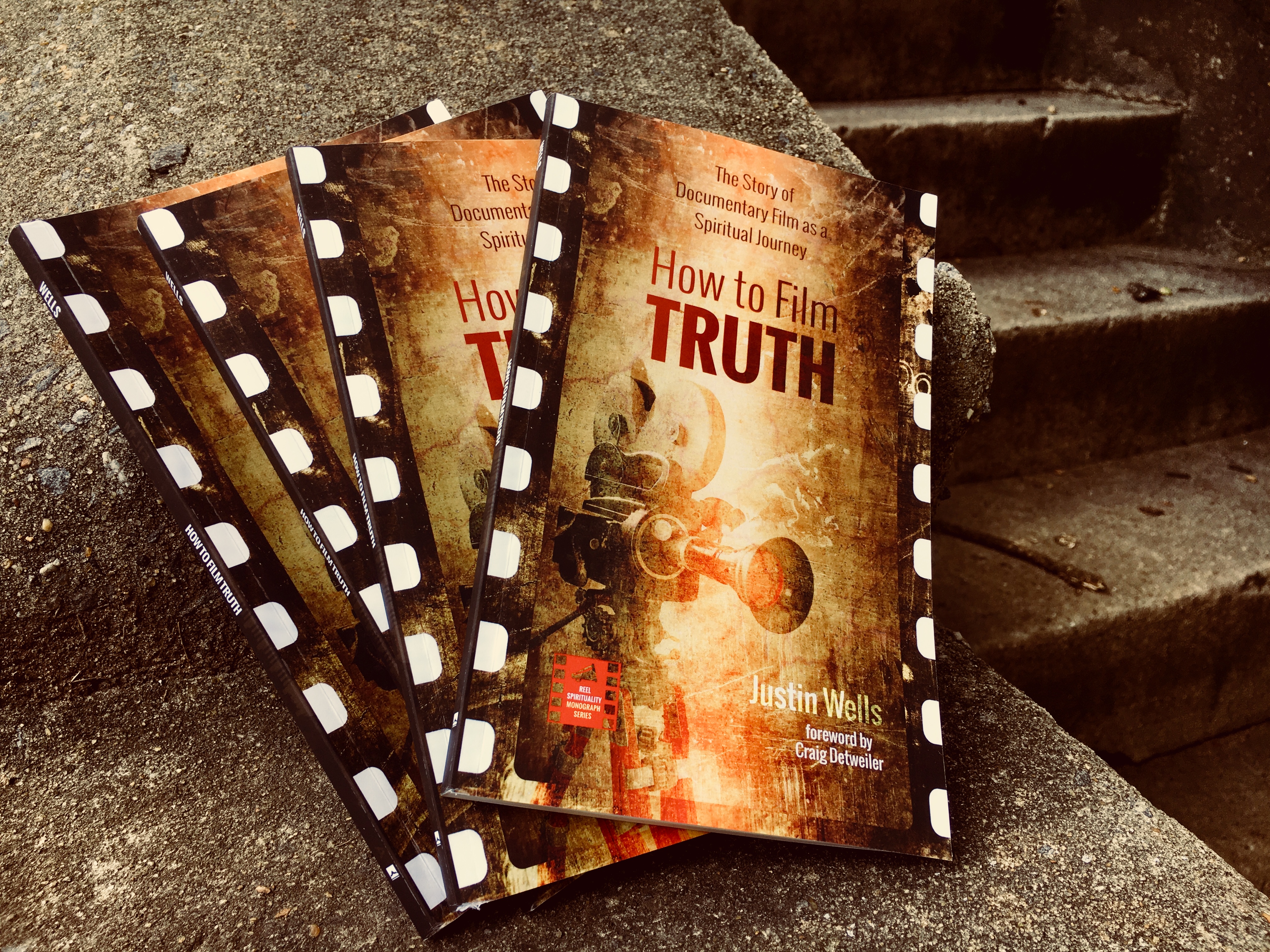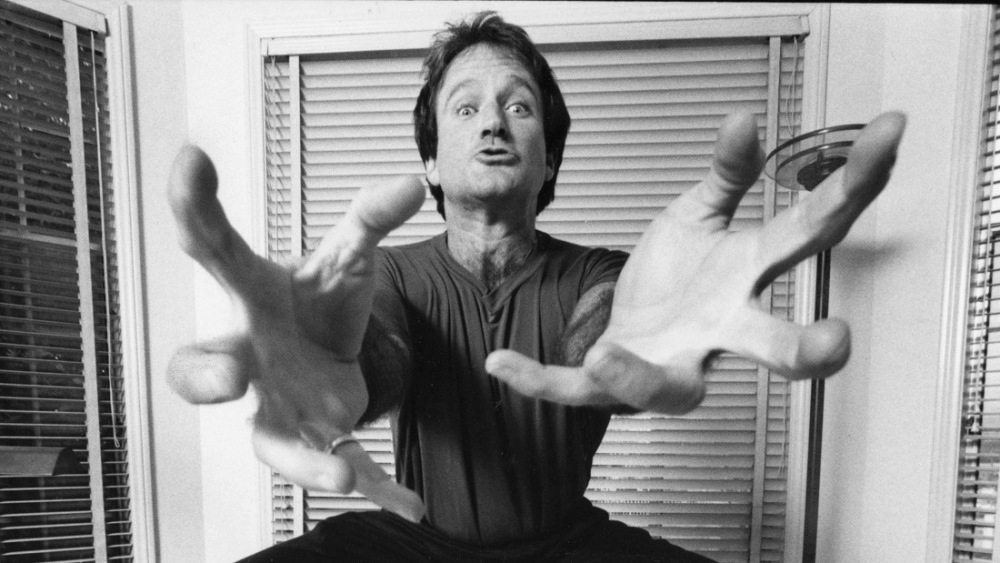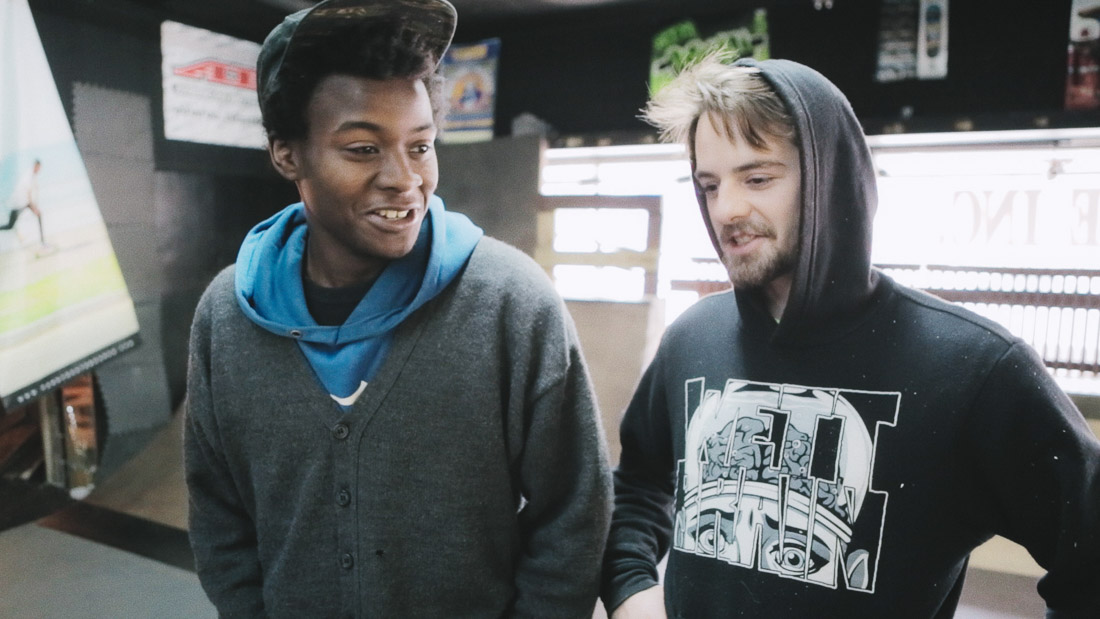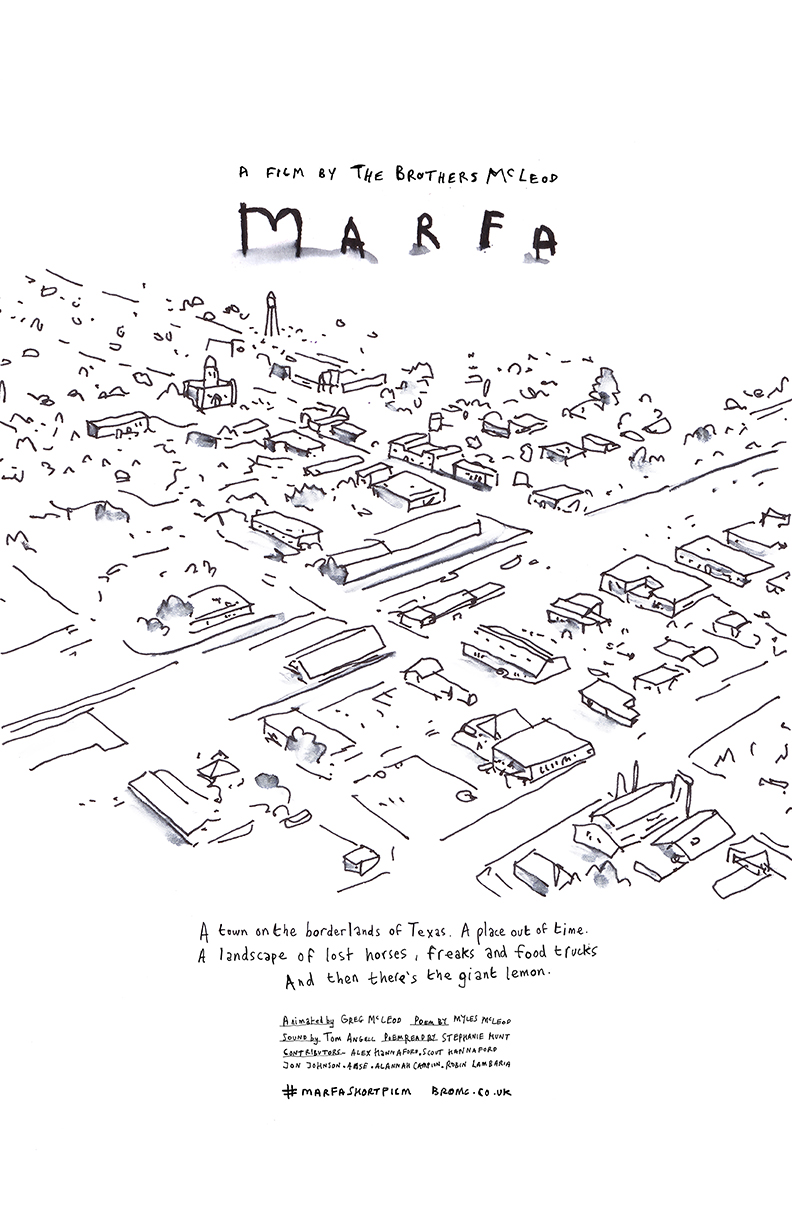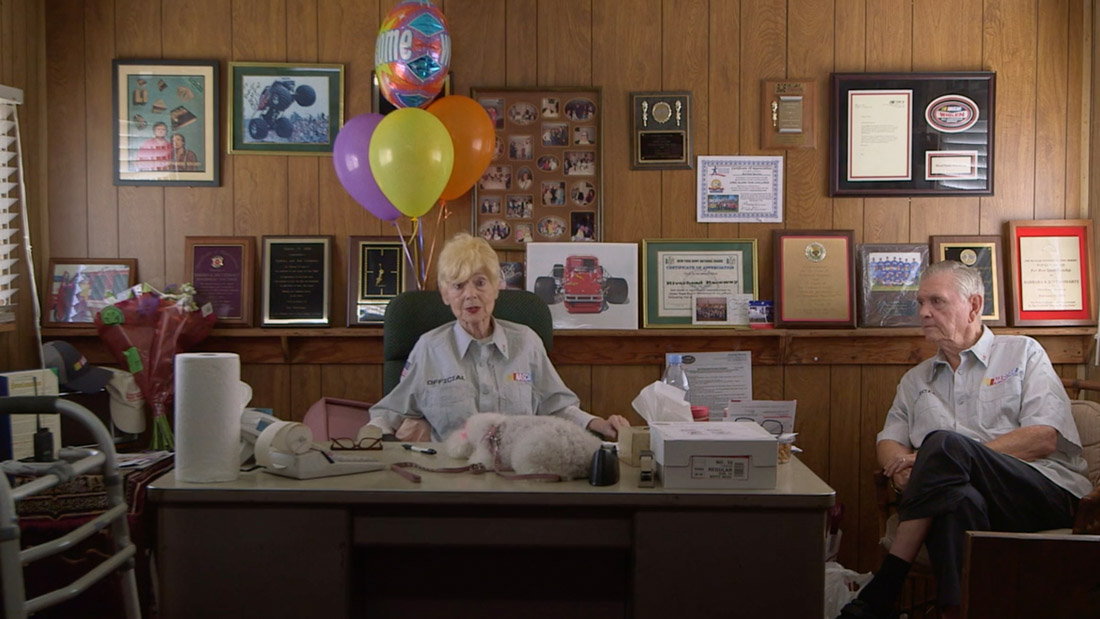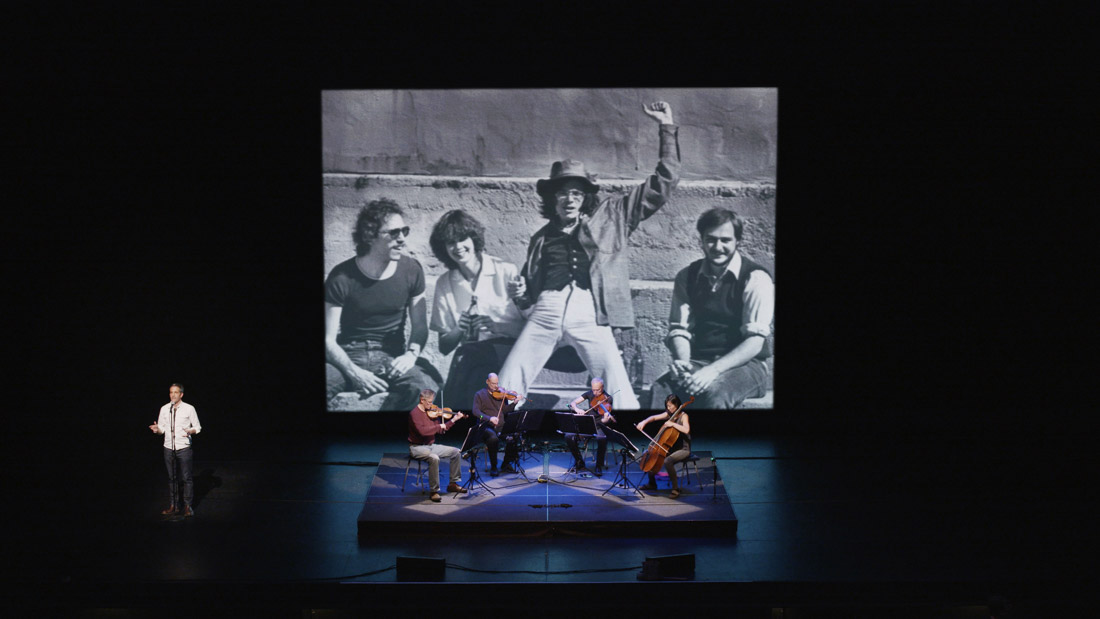Robin Williams: Come Inside My Mind
The psychology behind recognition, that feeling of familiarity upon seeing the face of a loved one, is stretched and manipulated in the modern era. We see the faces, hear the voices and experience the mannerisms of celebrities all the time through television, radio and social media imagery as our world is increasingly populated by screens and viewing devices. But as many of us have experienced before, the feeling of familiarity is exposed as a somewhat of a lie the minute you meet a celebrity you think you know in person, and realize there is only the perception of a relationship. For one thing, this person doesn’t know you at all, and for another, you have only been experiencing their public persona. Behind the façade, there are deep waters that make up the essence of this person, and their true selves remain a mystery. This is perhaps no more evident than in the case of Robin Williams, a true comic genius, one of a kind in his generation, successfully and brilliantly making the jump to heartfelt dramatic work, brining joy and compassionate emotion to millions, yet ultimately ending his life in tragedy. Marina Zenovich, director of the new HBO […]
